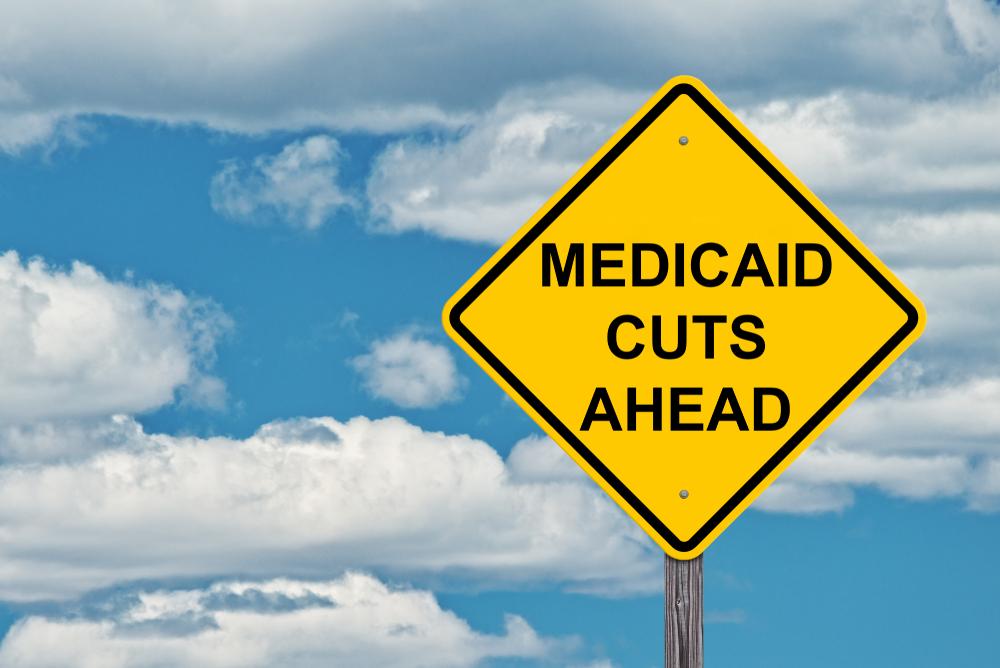
A growing number of the hundreds of thousands of Oregonians made jobless by the coronavirus crisis are signing up for Medicaid insurance, but for now, at least, Oregon has enough money to cover them.
In the first 3 1/2 weeks of April, 19,000 new members enrolled in the Oregon Health Plan, the state’s version of Medicaid for low-income residents. That’s on top of 23,000 new members in March, the Oregon Health Authority said. That took the membership of the health insurance system to 1,016,000 as of April 24, the state said.
It may take several months for the full force of the unemployment wave to hit the health system. So far, just a fraction of the newly unemployed have signed up. Experts say that’s due to several factors, including that some employers have continued to provide commercial health insurance for furloughed workers; some of the unemployed may be covered by a spouse’s health plan; and some of the newly unemployed may be focused on securing unemployment benefits and have not yet turned their attention to signing up for the Oregon Health Plan.
Meanwhile, the number of unemployed Oregonians continues to swell. On Thursday, state officials said an additional 28,500 people filed initial claims for unemployment in the week ending April 25. That takes the total number of applications to 362,200 since the start of the coronavirus pandemic. If every applicant is officially deemed unemployed, that would boost the state’s jobless rate to 21%, up from 3.3% before the crisis.
A state-by-state study released last month by the consulting firm Health Management Associates estimated that at a 17.5% jobless rate, 232,000 Oregonians would go on to the Oregon Health Plan, and that at a 25% jobless rate, 320,000 would join Medicaid.
The Oregon Health Plan is administered by regional insurers called coordinated care organizations. The Oregon Health Authority pays each one on average about $500 a month, or $6,000 a year, per member, so the more members who sign up, the more the state has to pay out.
Lori Coyner, director of Medicaid for the Oregon Health Authority, said applications for membership will increase as the state allows resumption of non-essential medical procedures. Effective May 1, Gov. Kate Brown is letting hospitals, medical clinics, surgical groups and other providers resume non-essential procedures, provided they have enough supplies of personal protective equipment and ensure social distancing and other safety practices.
“We know that across the health system, utilization is down,” Coyner said. When and how quickly that will jump back up is unclear, she said.
Congress in March approved additional money for state Medicaid programs indefinitely through the COVID-19 crisis. So far, that money is covering the uptick in OHP membership.
Applications for OHP averaged 776 per day in March and April, up from 563 a day in January and February, an increase of 45%.
Using federal and state money, the health agency pays CCOs about $6 billion a year to insure their 1 million-plus members.
In effort to help the finances of Medicaid health care providers, the Oregon Health Authority has taken two steps, Coyner said. On April 1, the state paid out $98 million in “incentive” money to CCOs that met 2019 quality goals, and it will pay out another $65 million to them at the end of June, she said. Typically, the state would have waited and made all the payments at the end of June, Coyner said. CCOs are to distribute all of that money to providers who serve OHP members, she said.
Those incentive payments are the last the state will make as it switches to a new system under which the state withholds payments from CCOs and then later releases the money if the CCOs meet quality goals, Coyner said. The monthly withholding amount equals 4.5% of state payments to CCOs. To help them, the state on April 1 suspended the withholding system until the virus crisis ends and is making full payments to the CCOs, Coyner said. The CCOs must use this extra flush of money to help health care providers, she said.
How CCOs will look financially as the crisis evolves is hard to predict, she said. CCOs may be saving money now because many members are postponing non-emergency medical procedures and visits, and therefore are paying out less to providers.
“But when the (health care system) opens back up, (utilization) may go back up,” she said.
You can reach Christian Wihtol at [email protected].